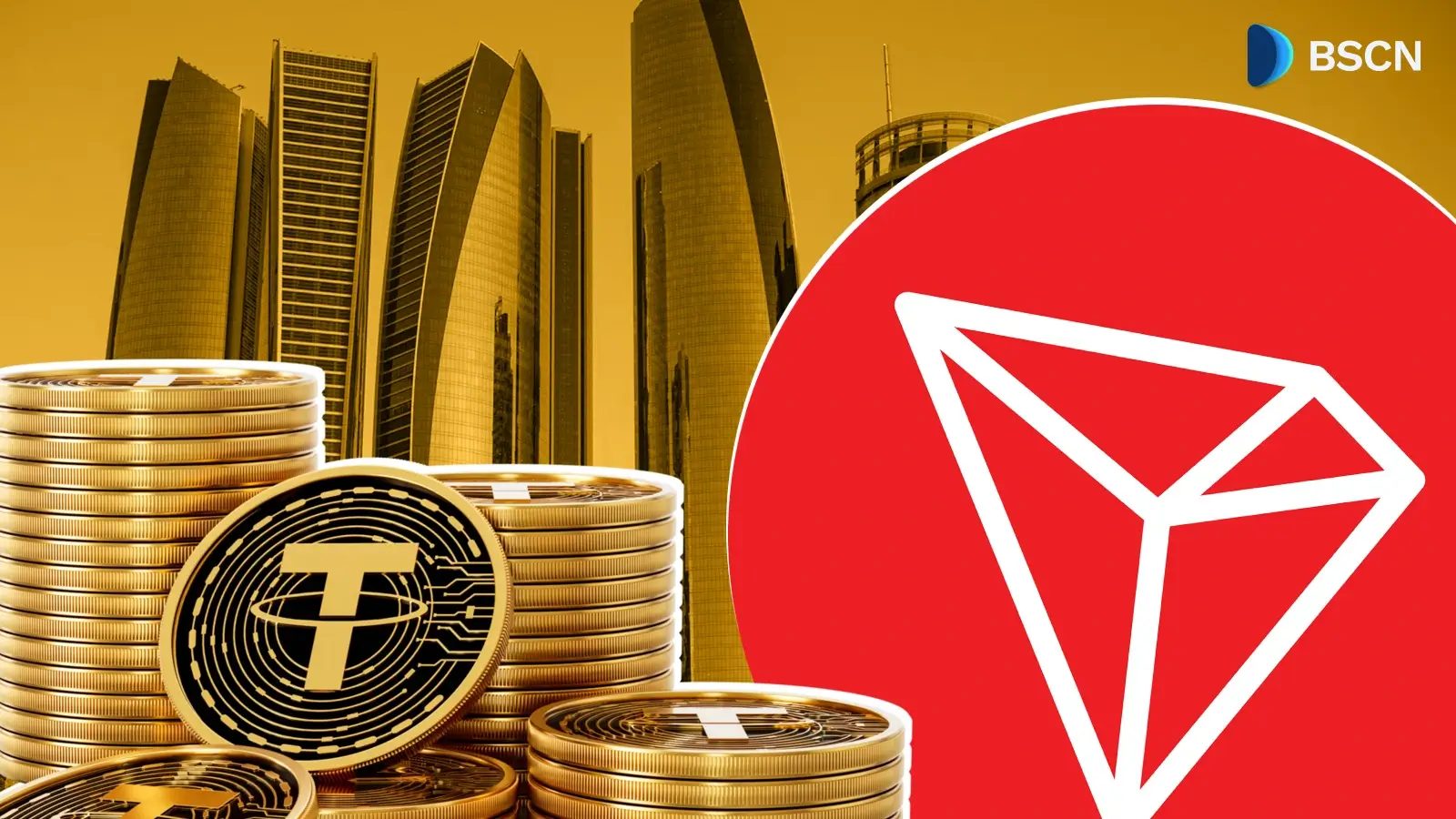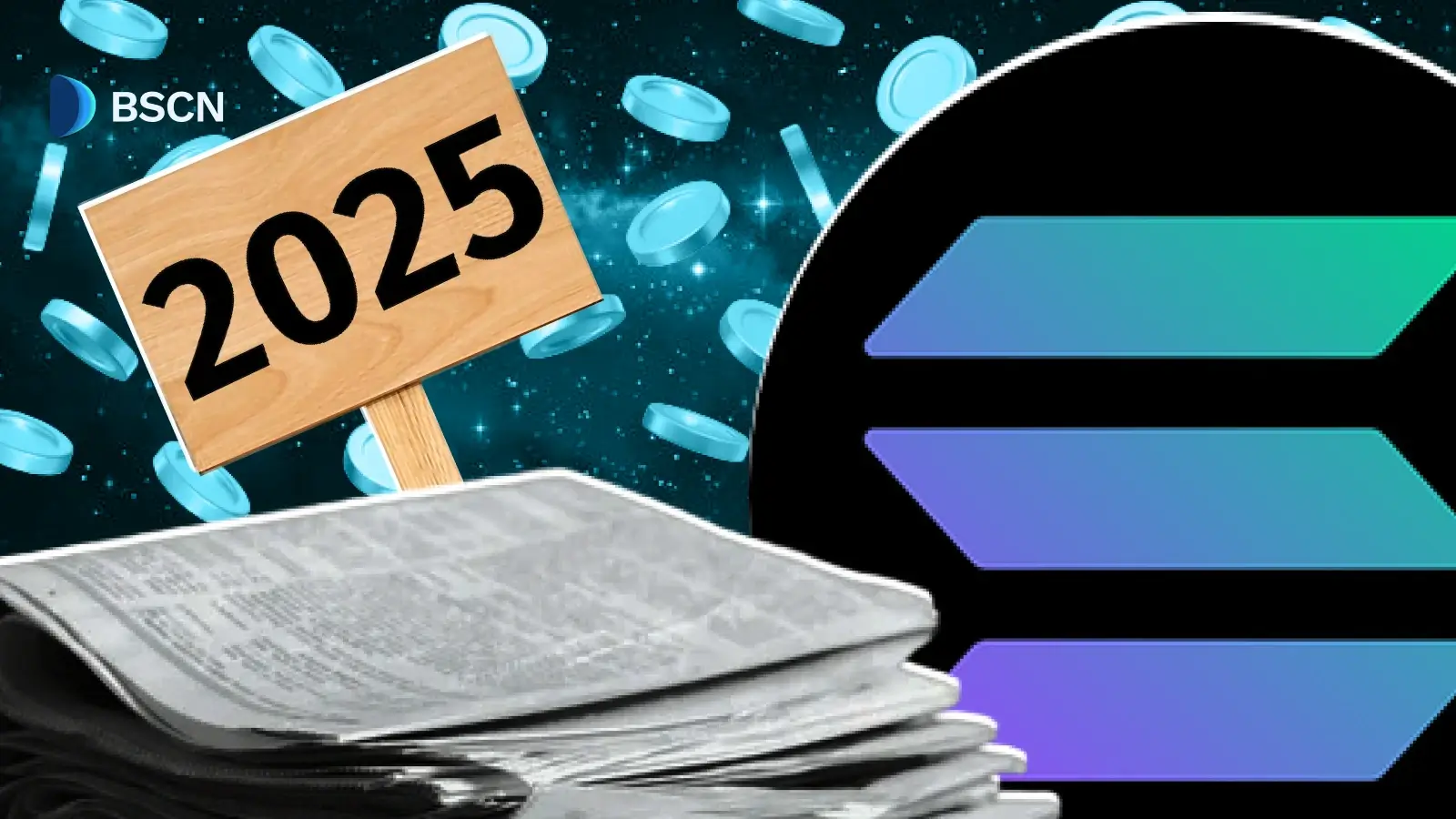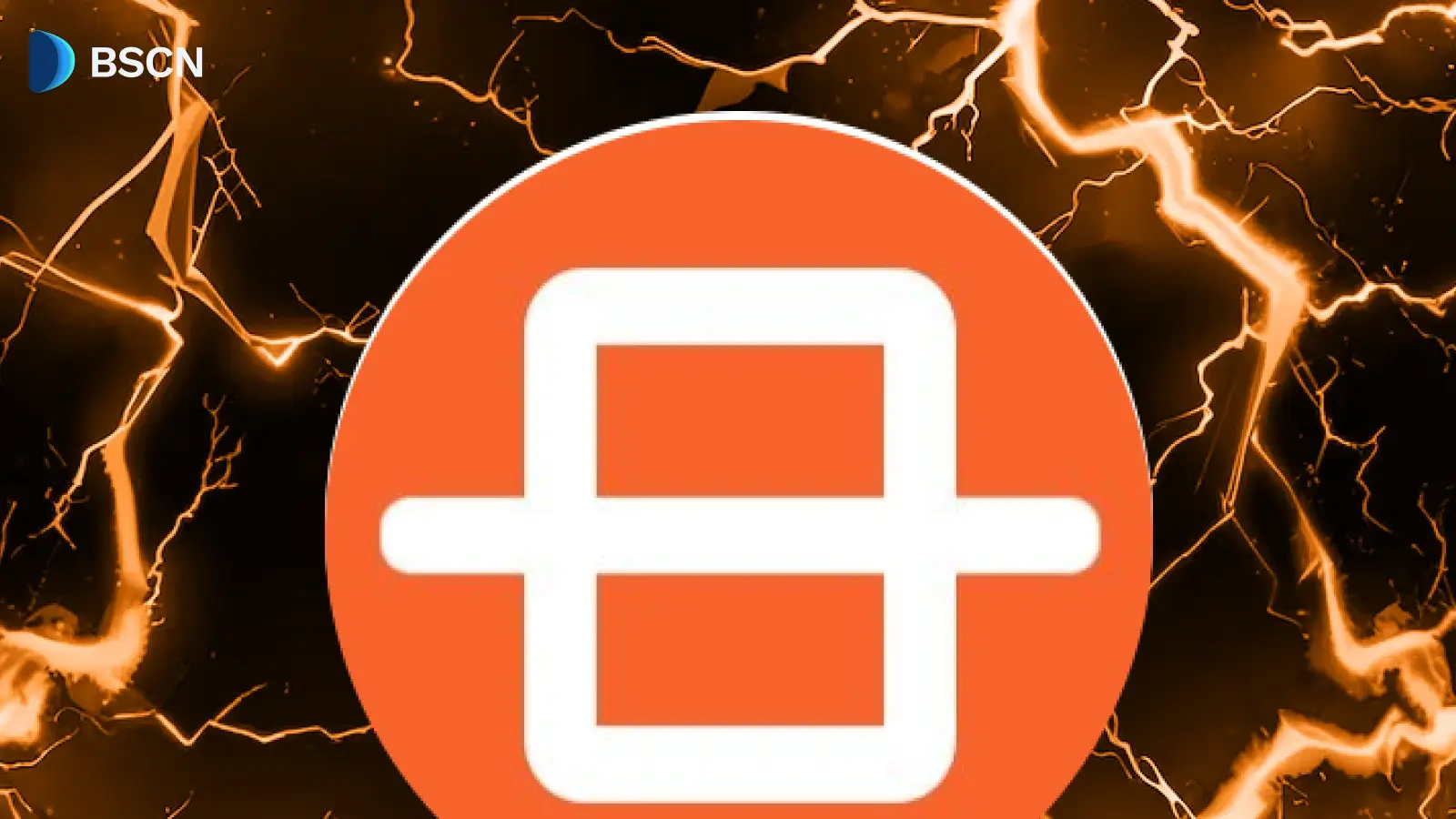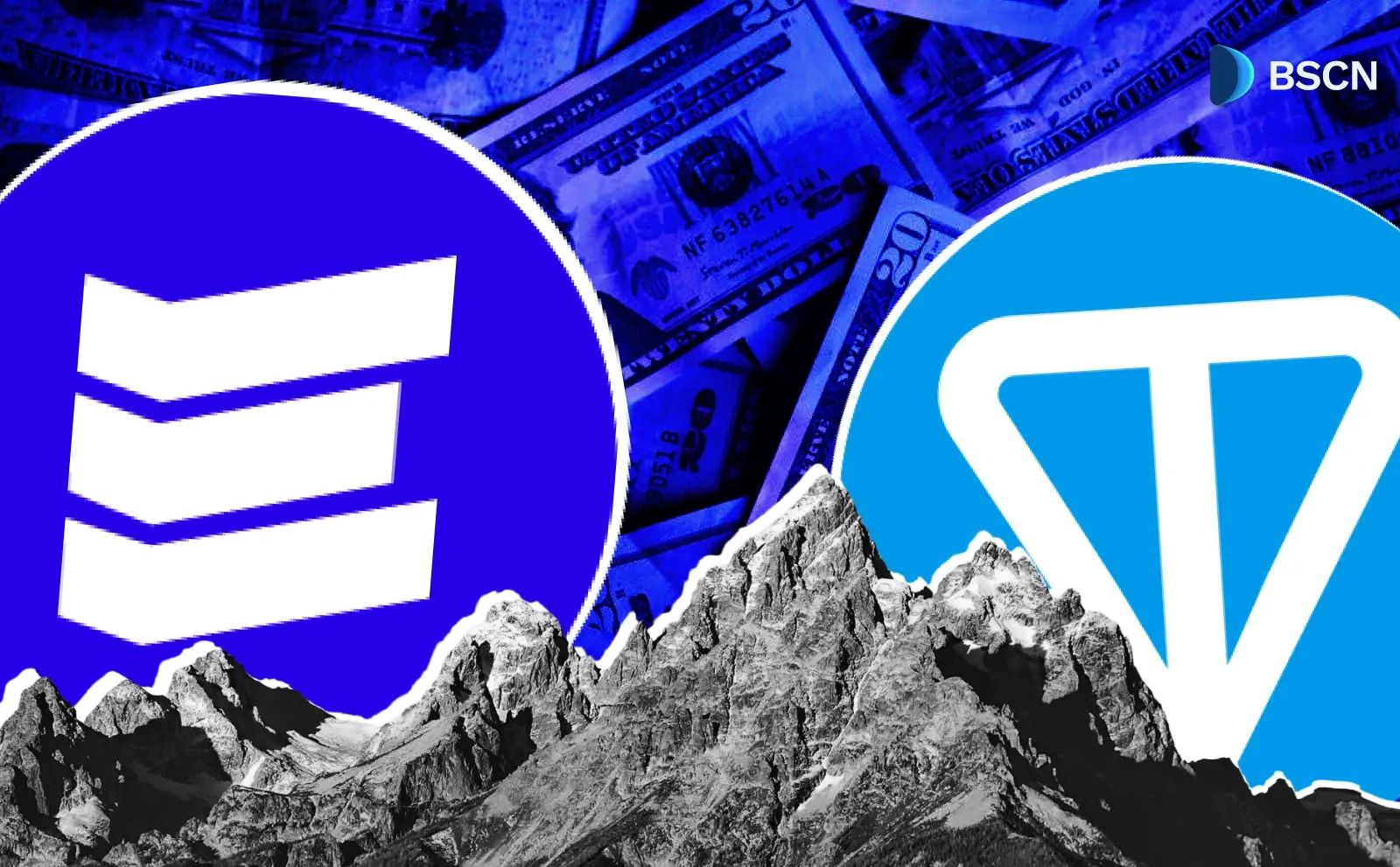Deepdive
(Advertisement)
Fully Diluted Valuation (FDV) in Crypto: What is It?

Fully Diluted Valuation (FDV) in crypto estimates a project's total value if all tokens were in circulation. Learn how it differs from market cap.
Crypto Rich
March 11, 2025
(Advertisement)
Table of Contents
Fully Diluted Valuation (FDV) is a key metric in the cryptocurrency space. It estimates the total value of a crypto project if all its tokens were in circulation. By considering the maximum potential supply of tokens, FDV provides a broader view of a project's market value.
Why FDV Matters
FDV helps investors gauge the long-term potential of a cryptocurrency. Unlike market capitalization, which only reflects the value of circulating tokens, FDV takes into account the total supply. This makes it an essential tool for evaluating the scalability and growth of a crypto project. For example, if a large portion of tokens is yet to be released, FDV can highlight potential risks or rewards tied to future supply changes.
How Does FDV Differ From Market Cap?
While market capitalization focuses on the current supply of tokens in circulation, FDV looks at the full potential supply. Here's a simple comparison:
- Market Cap = Current Price × Circulating Supply
- FDV = Current Price × Total Supply
Market capitalization (market cap) is one of the most commonly used metrics to assess the value of a cryptocurrency. It is calculated by multiplying the current price of a token by the number of tokens currently in circulation. This gives an estimate of the project's present value based on actively traded tokens but does not account for future token releases that could affect supply and price.
Total supply on the other hand refers to the number of tokens that exist within a cryptocurrency project. This includes tokens currently in circulation and those set aside for future distribution. However, it does not count any tokens that have been permanently removed (or burned) from supply.
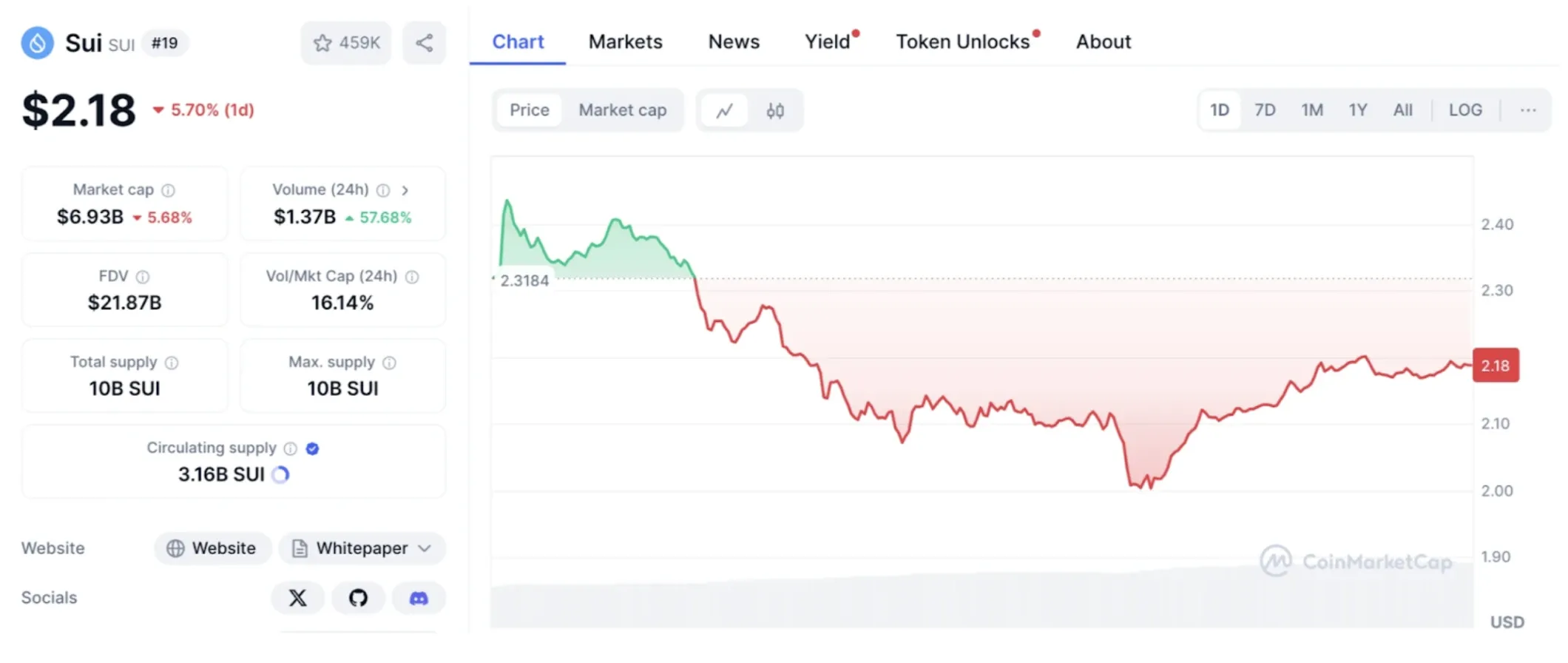
For example, in the chart above, the current price of SUI (at the time of writing) is $2.18, while the circulating and total supply is 3.16B and 10B tokens, respectively. This brings the market cap for SUI to $6.93B while the FDV would be $2.18 x 10B (i.e 21.87B).
If a large number of tokens are locked, unreleased, or reserved, the FDV might be significantly higher than the market cap. This distinction is important when assessing a project's future value and token release schedule.
Why Some Investors Prefer FDV
FDV provides insights into the long-term prospects of a token. It allows investors to assess whether a project is overvalued or undervalued relative to its total supply. For instance, if a project has a high FDV but limited utility or adoption, it may signal overvaluation. On the other hand, a low FDV with strong fundamentals could indicate an opportunity for growth.
How Can Token Supply Affect FDV?
Changes in token supply directly impact FDV. If additional tokens are released into circulation, the FDV increases, which could dilute the value of existing tokens. Monitoring tokenomics, such as vesting schedules, staking rewards, or token burns, is crucial as they can influence both FDV and market cap.
Risks of Ignoring FDV
Overlooking FDV can lead to poor investment decisions. A project with a low market cap but a high FDV might seem undervalued at first glance. However, if a significant number of tokens are yet to be unlocked, the influx could lead to price drops. Investors should always consider FDV alongside other factors like adoption, utility, and token distribution.
Staying informed about metrics like FDV helps you make better decisions in the ever-dynamic cryptocurrency market. Whether you're an experienced trader or a beginner, taking a closer look at FDV can provide a clearer picture of a project's potential.
Read Next...
Disclaimer
Disclaimer: The views expressed in this article do not necessarily represent the views of BSCN. The information provided in this article is for educational and entertainment purposes only and should not be construed as investment advice, or advice of any kind. BSCN assumes no responsibility for any investment decisions made based on the information provided in this article. If you believe that the article should be amended, please reach out to the BSCN team by emailing [email protected].
Author
 Crypto Rich
Crypto RichRich has been researching cryptocurrency and blockchain technology for eight years and has served as a senior analyst at BSCN since its founding in 2020. He focuses on fundamental analysis of early-stage crypto projects and tokens and has published in-depth research reports on over 200 emerging protocols. Rich also writes about broader technology and scientific trends and maintains active involvement in the crypto community through X/Twitter Spaces, and leading industry events.
(Advertisement)
Latest News
(Advertisement)
Crypto Project & Token Reviews
Project & Token Reviews
Comprehensive reviews of crypto's most interesting projects and assets
Learn about the hottest projects & tokens






